Home / Albums / Tag Century:17th 129

 The Amaranthe
The Amaranthe Travel by canoe
Travel by canoe Travel by canoe
Travel by canoe Ornaments
Ornaments Musketeer wearing a bandolier
Musketeer wearing a bandolier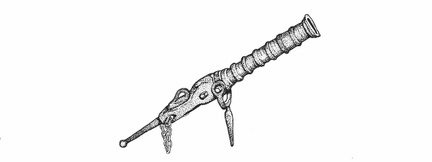 Patrero
Patrero Daniel Defoe
Daniel Defoe John Bunyan
John Bunyan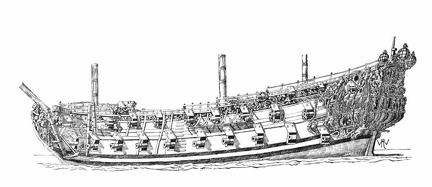 The Royal Prince
The Royal Prince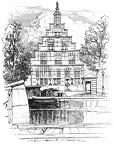 Leiden, Rhijnland (dated 1612)
Leiden, Rhijnland (dated 1612) Collar and Bodice types. Period Charles I
Collar and Bodice types. Period Charles I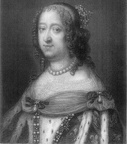 Anne of Austria
Anne of Austria Cardinal De Richelieu
Cardinal De Richelieu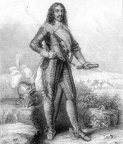 Marshall Schomberg
Marshall Schomberg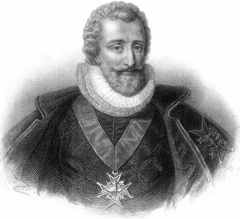 Henri IV
Henri IV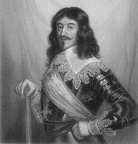 Louis XIII, King of France
Louis XIII, King of France Marshall Bassompierre
Marshall Bassompierre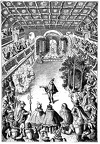 Le Ballet De La Reine
Le Ballet De La Reine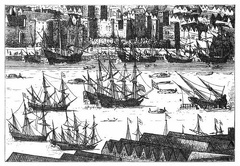 Shipping in the Thames, circa 1660
Shipping in the Thames, circa 1660 Civil Costume about 1620
Civil Costume about 1620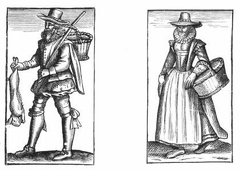 A Countryman and Countrywoman
A Countryman and Countrywoman Costume of a Lawyer
Costume of a Lawyer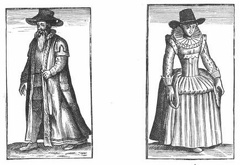 A Citizen and his wife
A Citizen and his wife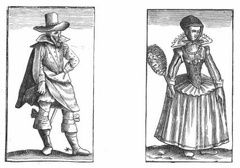 A Gentleman and gentlewoman
A Gentleman and gentlewoman Paul Pindar's House
Paul Pindar's House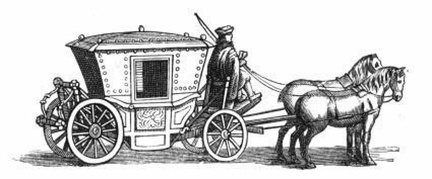 Coach of the latter half of the Seventeenth Century
Coach of the latter half of the Seventeenth Century Ordinary Dress of Gentlemen in 1675
Ordinary Dress of Gentlemen in 1675 Waggon of the second half of the Seventeenth Century
Waggon of the second half of the Seventeenth Century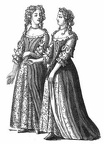 Dress of Ladies of Quality
Dress of Ladies of Quality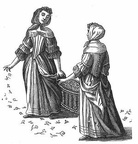 Ordinary Attire of Women of the Lower Classes
Ordinary Attire of Women of the Lower Classes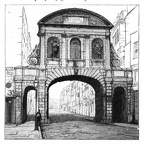 Temple Bar, London
Temple Bar, London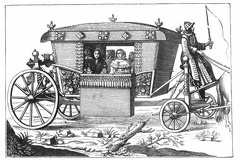 A Coach of the Middle of the Seventeenth Century
A Coach of the Middle of the Seventeenth Century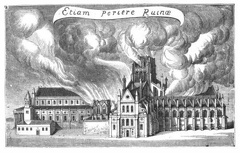 Old St. Paul's on Fire
Old St. Paul's on Fire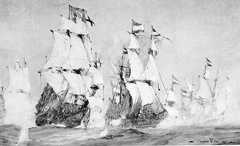 The Battle of the Nore, June, 1653, between the English and Dutch
The Battle of the Nore, June, 1653, between the English and Dutch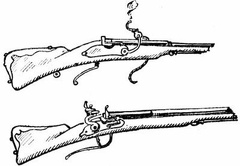 A Matchlock and a Firelock, or Fusil (17th Century)
A Matchlock and a Firelock, or Fusil (17th Century) Japanese Ironclad of about 1600 A.D
Japanese Ironclad of about 1600 A.D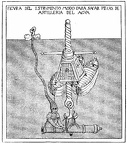 Diver Salving a Gun
Diver Salving a Gun The Machine, 1640-1700
The Machine, 1640-1700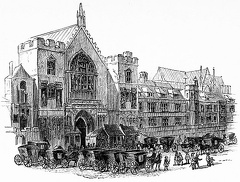 Hackney Coaches in London, 1637
Hackney Coaches in London, 1637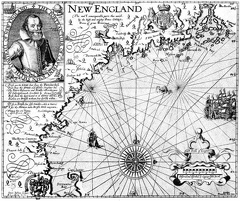 Captain John Smith’s Map of New England
Captain John Smith’s Map of New England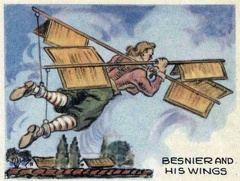 Besnier and his wings
Besnier and his wings Young Gentleman Louis XIII period - 1625 - 1640
Young Gentleman Louis XIII period - 1625 - 1640 Mousquetaire or Cavalier Costume 1620 - 1640
Mousquetaire or Cavalier Costume 1620 - 1640 Louis XIV Period - about 1670
Louis XIV Period - about 1670 Louis XIII - about 1640
Louis XIII - about 1640 Henry IV or early Stuart - 1600 - 1615
Henry IV or early Stuart - 1600 - 1615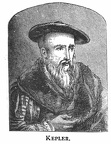 Kepler
Kepler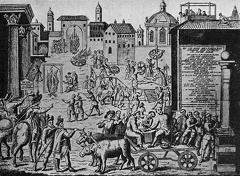 A medieval method of combating the plague. The persecution of the anointers in Milan in 1630
A medieval method of combating the plague. The persecution of the anointers in Milan in 1630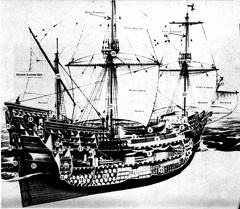 A cutaway drawing of the original Mayflower
A cutaway drawing of the original Mayflower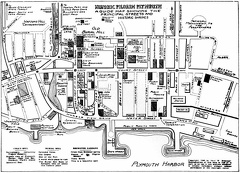 Historic Pilgrim Plymouth
Historic Pilgrim Plymouth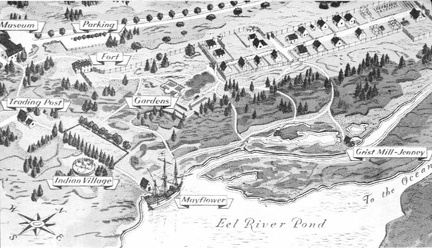 Plimoth Plantation in South Plymouth
Plimoth Plantation in South Plymouth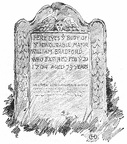 One of many old stones on Burial Hill
One of many old stones on Burial Hill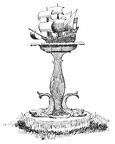 Mayflower Fountain
Mayflower Fountain Gov. Carver’s Chair in Pilgrim Hall Museum
Gov. Carver’s Chair in Pilgrim Hall Museum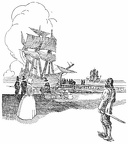 The Departure for America
The Departure for America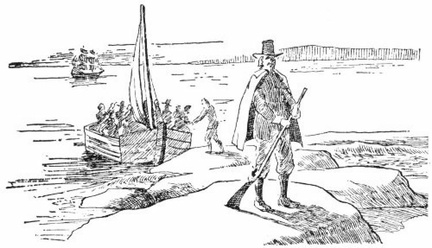 Scene of landing
Scene of landing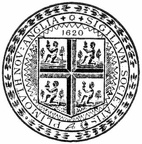 Original Seal of the Plymouth Colony
Original Seal of the Plymouth Colony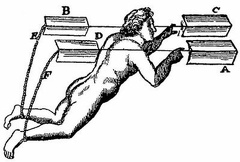 Besnier's flying apparatus
Besnier's flying apparatus Viola da gamba
Viola da gamba Map showing the first settlements made on the Eastern coast of North America
Map showing the first settlements made on the Eastern coast of North America



